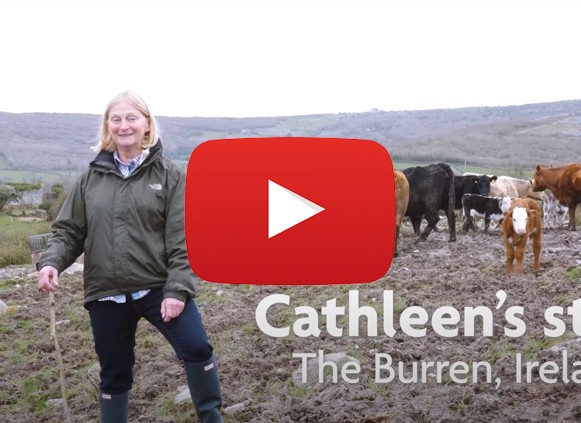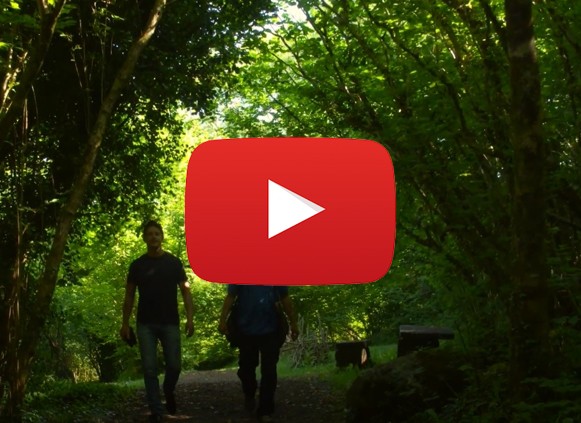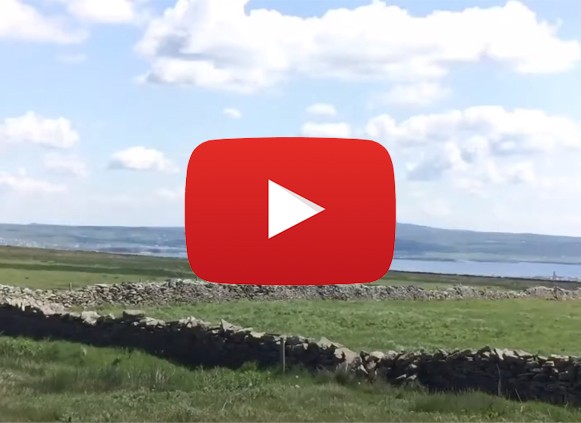Learning Music by Ear
Over the years I have been teaching a lot of traditional Irish Music and the thing that has always intrigued me is how do people learn tunes? I tend to teach the tunes ‘by ear’ as I believe that this is the best way (but not necessarily the easiest way ) to pick up tunes. It is of course the traditional Irish way of learning and passing music down through the generations.
 Adult learners who have always learned from notes on paper are the hardest to convince it is a good idea to learn tunes by ear. The complaints I have had over the years are endless. Students have been begging me to give them the notes and only relax after I have promised they would get the notes.
Adult learners who have always learned from notes on paper are the hardest to convince it is a good idea to learn tunes by ear. The complaints I have had over the years are endless. Students have been begging me to give them the notes and only relax after I have promised they would get the notes.
Even just putting the notes by the side so they can see – yes there are notes and eventually I will give them to you – has been a tremendous help in getting them to let go and relax
This is what set me thinking. There are more components to learning a tune by ear. You have to be relaxed and in a way not care whether you are going to get the tune or not. This is kind of hard if you are in a class and the main objective being that you are going to learn tunes. I always recall the nights I have been in sessions and the realisation that next morning I was able to play tunes that I had never learned but they got into my alcohol befuddled brain. This is not a very healthy way to learn tunes, but we could emulate this state of being by doing relaxation exercises or even yoga before we start the class.
 There is also a huge aspect of trust. Trust in your own brain that it will remember this funny sequence of notes. Trust that you will be able to do it again – a major factor in learning by ear is that you are going to forget the tune. You might be playing it a hundred times and you go yippee I have got it, but as soon as you put your instrument down and you hear something else your brain goes plop and the tune is gone. This is the stage I call….. “when your notes are crawling up your arm from your brain to your fingers and you have to retrieve them”. It is a painstaking process and very scary if you don’t know that forgetting the tune is part of really learning it.
There is also a huge aspect of trust. Trust in your own brain that it will remember this funny sequence of notes. Trust that you will be able to do it again – a major factor in learning by ear is that you are going to forget the tune. You might be playing it a hundred times and you go yippee I have got it, but as soon as you put your instrument down and you hear something else your brain goes plop and the tune is gone. This is the stage I call….. “when your notes are crawling up your arm from your brain to your fingers and you have to retrieve them”. It is a painstaking process and very scary if you don’t know that forgetting the tune is part of really learning it.
Learning a tune by ear can be compared to hacking through a jungle to make a path. In this case you are making a path in your brain. The first time you make the path it is very hard work but as you keep on coming back the path will get easier and easier and in the end you have this big avenue where you zoom up and down and you are able to remember bigger and more complicated bits of tune.
It is the analytical side of the brain that wants to hold on to notes on paper and security. Learning by ear is a surrendering all of that and going into the creative side of the brain where the tune becomes a landscape that you can walk in, a pattern of ups and downs instead of a sequence of dots on a piece of paper.
To get my students to relax I offer a yoga class prior to the workshop and I offer distractions throughout the class. To help them access the landscape of the tune, I give their left (analytical) side of the brain tasks to keep it busy from realising that we are learning a tune. Thus we have been walking on patterns on carpets or through the hostel……yes and now we are stepping over the hoover hmm interesting we are stepping over a hoover, must make sure I don’t fall tiddledeedum.
Or I have them playing bits of tune over and over so the quizzy bit of the brain gets bored and it will let the fingers do whatever they want to do. Its a bit like entering a hypnotic trance.
When the sky is right and produces patterns like fluffy white clouds whizzing through the air with blue sky behind I have put all the musicians lying on their backs looking at the clouds through the sky light in our octagon hall. The illusion is that the whole building seems to be moving…… and here we go at warp speed 5 engage. Meanwhile playing our tune because deep down there is a space in everybody that knows the tune.
So its games and fun – it’s about enjoying the process and not getting too serious when learning a new tune. Plus practise and more practise. Trust, relax and make your inaccessible jungle path into a comfortable avenue where the notes dance along by themselves.
There might be obstacles on your jungle path. The teacher who told you to stand at the back of the choir and just open your mouth but don’t make any sound. The insecurity of feeling I am not good enough, or the big idea that you are not able to do this or the notion that you have always learnt with the notes and that is the only way to do it. Of course you can learn. Just the fact that you picked up an instrument proves that you have what it takes to get those little notes in there.
And this year I know it will be the same story at The Boghill Centre Traditional Irish Music Workshop weeks – the moaning and groaning at the beginning of the workshop and the delighted faces at the end. With a thorough steeping in the music for a whole week and relaxed encouragement to play by ear, by the end of the week the jungle path WILL HAVE changed into at least a reasonably accessible garden path. It might not yet be the comfortable avenue we were talking about but it will be a start on the long road to getting more and more tunes and sharing them in sessions with other people who all started out in the same way.
Sonja O’Brien
The Boghill Centre
www.boghill.com




